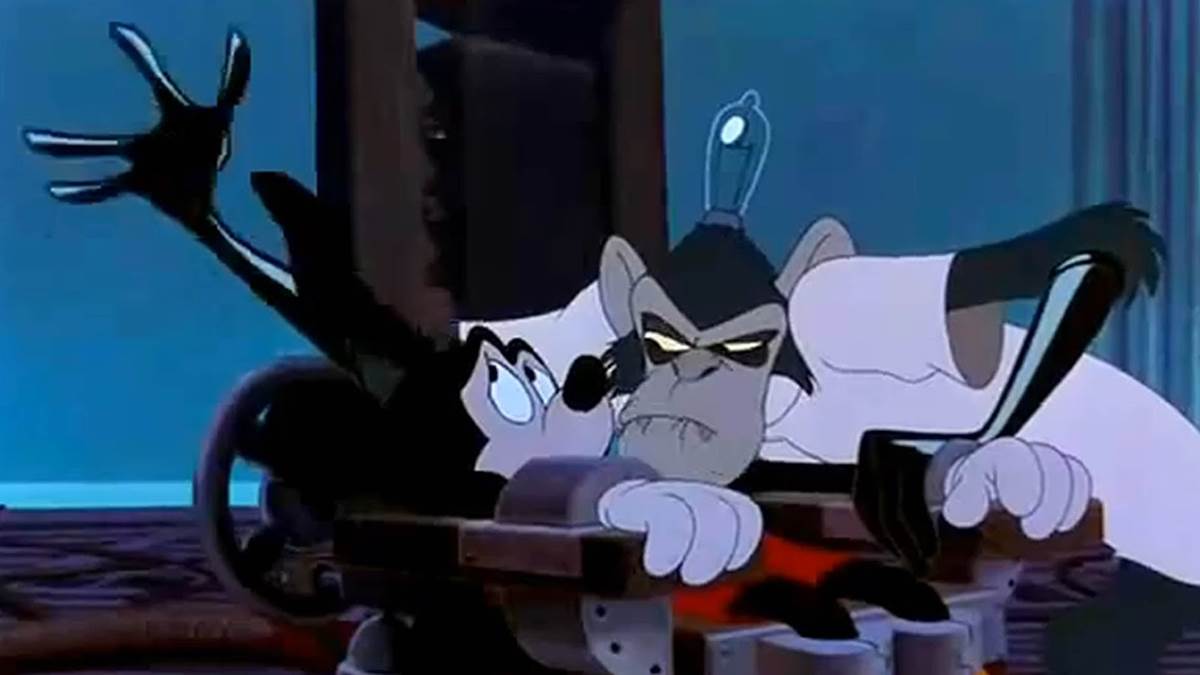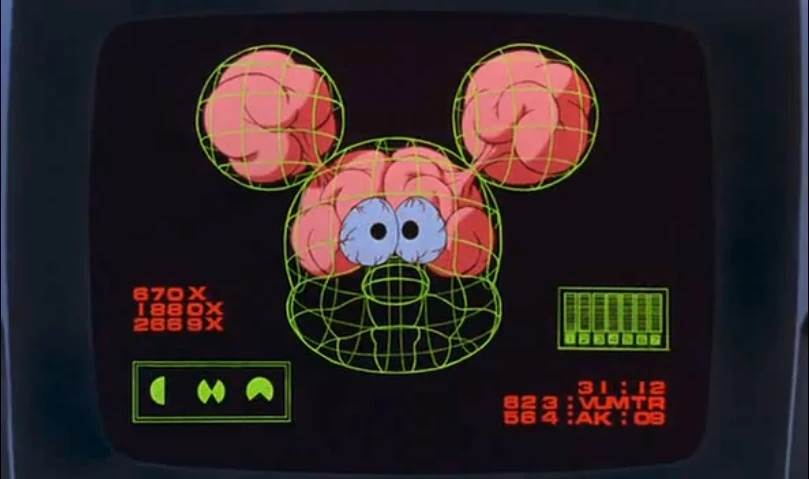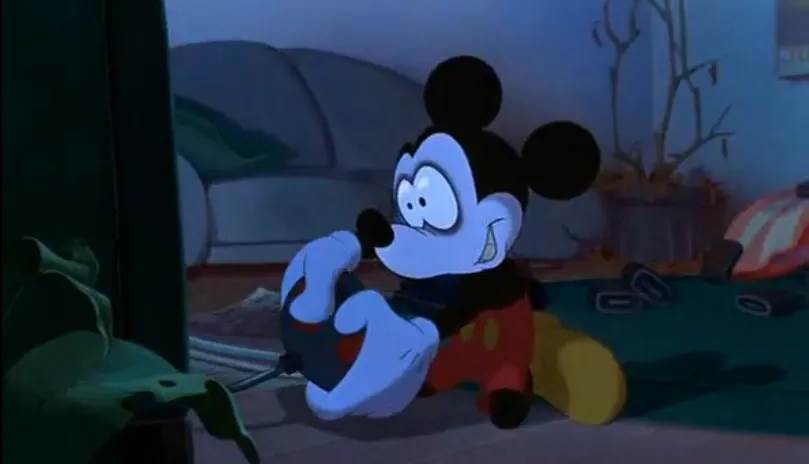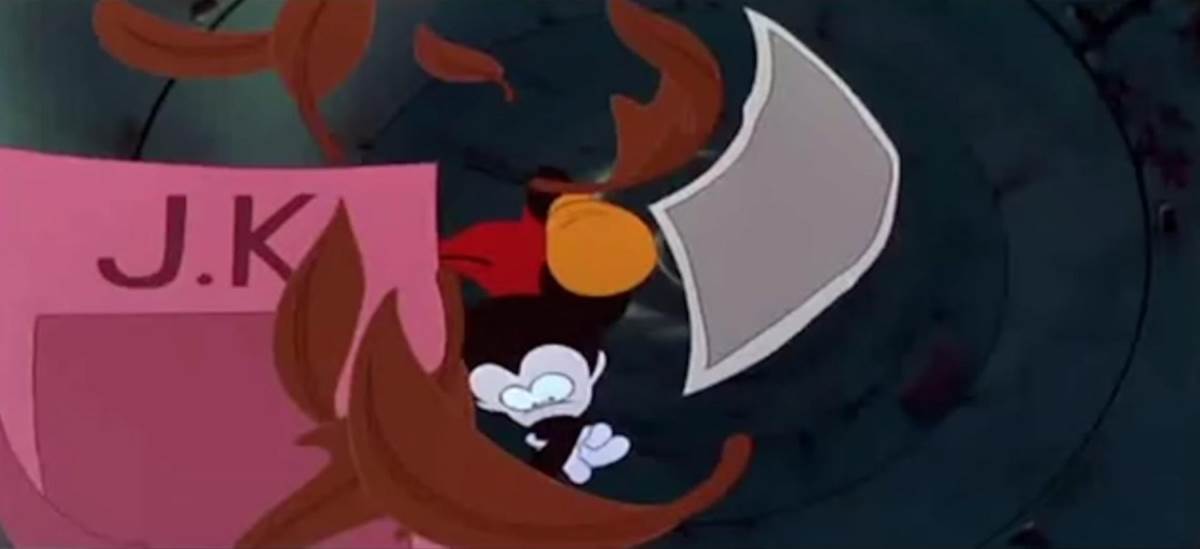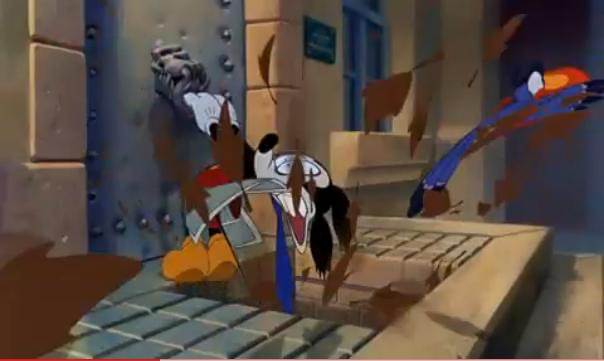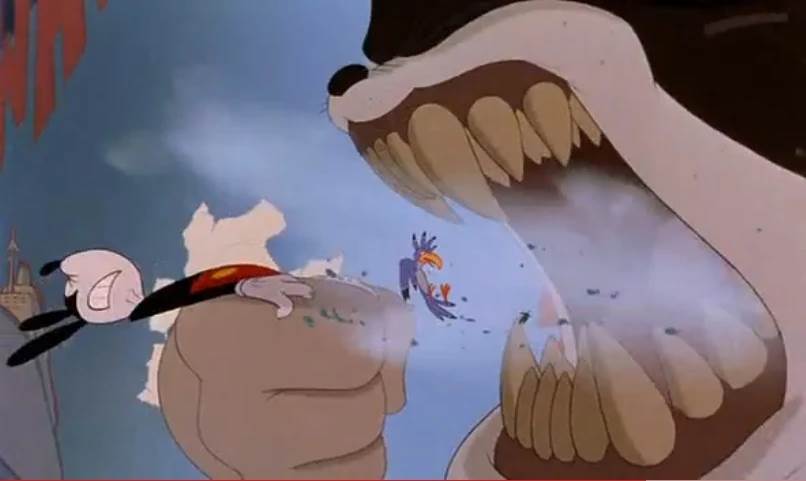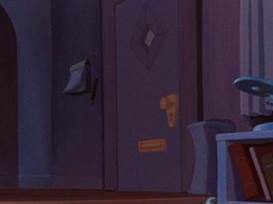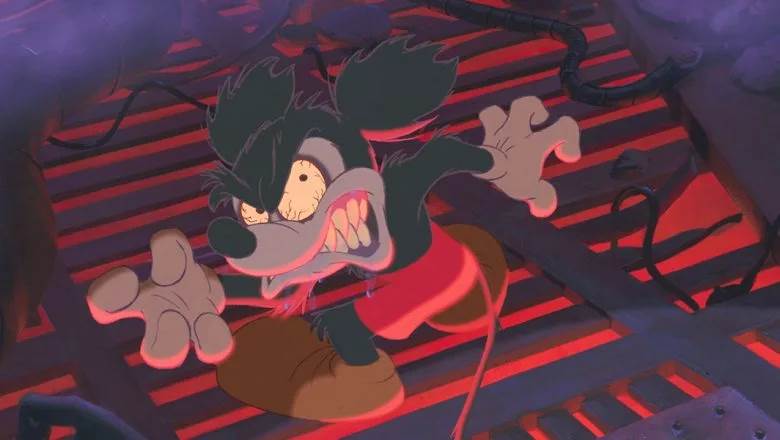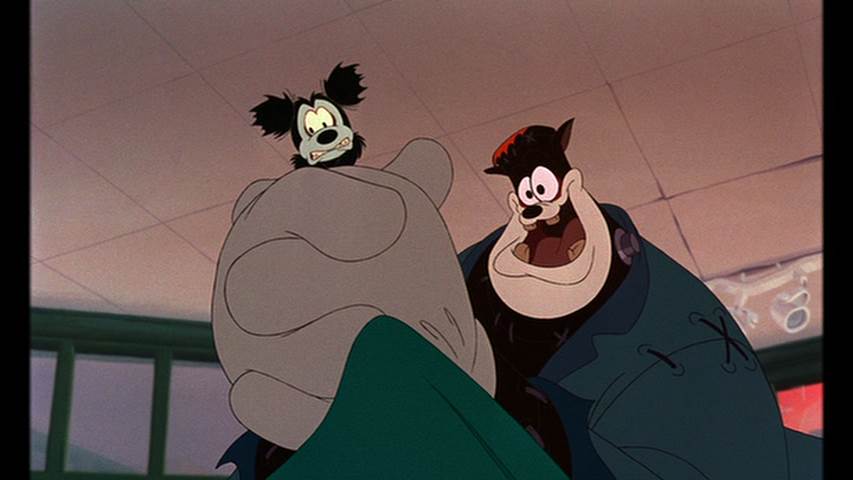Appropriately enough, on the eve of the 95th birthday of Mickey Mouse, a special panel was held at CTN Expo 2023 that shared an in-depth look at the cult-classic and largely forgotten Mickey Mouse short, Runaway Brain.
The special screening of the short was led by Dave Bossert, Effects Supervisor for the film, alongside Chris Bailey, the director of Runaway Brain. Together they reflected on what were clearly fond memories of the production, to a rousing house of fans, many of whom were seeing the short for the first time, after years of only hearing about it.
The short, after all, is widely criticized because it shows a Mickey Mouse with an edge. Though, in the context of the story being told, makes complete sense.
Originally released in 1995, Runaway Brain is based on classic monster movies like Frankenstein and others, with the idea that Mickey forgot about his anniversary with Minnie. Proposing the idea of miniature golf, Minnie mistakes the gesture for that of a trip to Hawaii thanks to an adjacent ad in the newspaper. Mickey does nothing to dissuade the idea, instead seeing the cost of the trip and quickly coming up with a way to pay for it. Pluto brings some classifieds to Mickey, where he spots a job opportunity that will net him the exact cost of the trip to Hawaii, all for a “mindless days work.”
Of course, he ends up in a bit of a predicament as he finds himself in the laboratory of Dr. Frankenollie, who plans to switch his brain with that of his monster, Julius. While the switch is successful, the personality of the cuddly Mickey is now housed in a giant monster while the monstrous Mickey is terrorizing the streets of the city. Like the movies in which it is based, the monster falls for Minnie, and begins to give chase causing Mickey (in Julius’s body) to save her. Eventually, through a bit of a mishap with some power lines, their brains are switched back, and now Mickey, back in his own body, must save Minnie from the Kong-sized creature.
Bailey explained that the short threw back to the early days of Mickey Mouse, when the iconic character had more of an edge to him, before becoming a cute corporate symbol. But where did the short come from? Well, according to Bailey, every few years someone at Disney Animation would realize that Mickey was on approach to a milestone anniversary, so they’d figure out some kind of celebratory short. Time and time again, by the time they landed on an idea, it was too late.
One of these occasions came with a few pitches from Bailey, including Runaway Brain and another called “Tourist Trap.” The latter was a story where Donald Duck, at his breaking point with being the second class character at the studio, sets out to murder Mickey. Knowing they can never do that idea, then-studio head Jeffrey Katzenberg still liked the idea of an edgy Mickey and fortunately, the Paris studio, who had done great work with A Goofy Movie, didn’t have a project at the moment, and so, championed by Katzenberg and much to the chagrin of other studio execs (namely Thomas Schumacher and Peter Schneider), production began on Runaway Brain.
Bailey and Bossert shared a number of hiccups, including a scene in which Mickey can be seen playing a video game, parodying Snow White and the Seven Dwarfs. They said a scrapped concept for that was a first-person shooter game parodying Bambi. Something that would definitely set the non-traditional tone of the short, but was ultimately abandoned when Peter Schnieder told him, (as Bailey emphasized with a pause in between each word) “Not a chance in hell.”
Another major hiccup came when Jeffrey Katzenberg, who had more or less been protecting the short from Schneider and Schumacher, and championed the new attitude and tone of the film, left the company after a tumultuous period in a leadership shakeup at the Walt Disney Company, caused by the death of Frank Wells in 1994.
That said, they snuck a reference to this departure in the short, as Mickey is sucked into a trap door outside the laboratory, for what the duo said must only be three frames. In that literal blip, one can see a pink slip emblazoned with the letters J.K., as the full name must have been too difficult (or too obvious) to animate for those few frames.
They also shared another fun easter egg – not once but twice can you see Zazu from The Lion King. Once during the aforementioned trap door scene, you can see Mufasa’s Majordomo get pulled into the door with Mickey. He can be spotted again later when Julius, now back in his own monster body, roars at Mickey, and the bird comes flying back out of the monster’s mouth…meaning at some point, he ate Zazu.
Another one that Bailey and Bossert were surprised never got cut out of the film, and made it through layers of approval – was that of the Starship Enterprise from the Star Trek series. There are two shots in which you can see the ship as a model on a desk in Mickey’s House. This happens very early on the short.
A brief Q&A led to the obvious question, “Why is this not on Disney+?” Bailey quickly asserted it was likely because the short was considered too edgy. Even back when the short was to be released attached to theatrical features, it debuted with a few films, first with A Kid in King Arthur’s Court. Last minute decisions kept the short under wraps, and unattached to high-profile productions like 101 Dalmatians, except in theaters that didn’t get the memo, sometimes sent with only a day’s worth of notice.
Plus, the most common thing associated with the short, is the striking image of Mickey Mouse as a snarling monstrous creature. In the limited amount of merchandise and crew memorabilia released for the production, this is the image that we all see, and higher-ups likely didn’t want this to be associated with the classic corporate symbol. Especially with no story context, the image is quite jarring. Monster Mickey, animated by the legendary Andreas Deja, took everything cliche about Mickey, and exaggerated it into a frightening image that is branded with the short. You can see him actually draw this version of Mickey and share some stories in the video below.
So obviously, I mentioned that the short is not on Disney+, but Disney did release it domestically on home media….once. It was part of the Walt Disney Treasures: Mickey Mouse In Living Color Volume 2 DVD set. So you can find that disc set on eBay, or a friend who might have it. Though, a simple internet search might yield some results. For more about forgotten shorts from Walt Disney Animation Studios, be sure to check out our list here.
no obligation quote from MouseFanTravel.com

